The news from Egypt continues to be dire. Earlier this week, we heard that storage rooms at the Giza pyramids were raided, and yesterday came more reports that pieces are being destroyed. What isn’t smashed is going…who knows where? But if they are collectable, knowledgeable authorities have suggested that artifacts will find their way into collections in places like Kuwait, Japan, China and Russia.
See below for more on what’s happening in “the trade.”
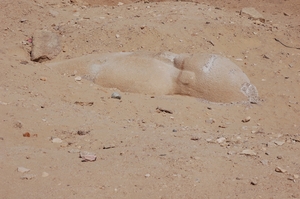 But first, a good source on the damage, Talking Pyramids, reported yesterday:
But first, a good source on the damage, Talking Pyramids, reported yesterday:
…looting continues in the pyramid fields with the raiding of storage warehouses south of Giza early yesterday morning.
Six guards and a policeman at the warehouses were bound and gagged by about 60 thieves who broke into the Selim Hassan artifact storehouse, which housed the reports of Dr. Selim Hassan’s excavations from years 1929 till 1968.
No wonder Minister of Antiquities Zawi Hawass is threatening to quit, though many doubt his candor. Not only has he been ineffective at protecting museums and sites, he has also been accused of corruption, which he denies.
Today, Hawass blogged about ongoing looting. He admitted that among the storage sites attacked was the Metropolitan Museum of Art’s excavation storeroom at Dahshur, which has been raided twice — “looters were able to overpower and tie up the guards.” Other sites he mention are Qantara East, in the Sinai; Saqqara, where padlocked tombs were opened; Abusir, a Czech expedition; Giza, and Tell el-Basta and Wadi el-Feiran, near Sharm el-Sheikh:
Site inspectors at each of these locations are still carefully checking the magazine inventories against their databases to assess the full extent of the damage. I am waiting for the inspectors to finish their work and file their final reports with me.
That was just the storehouses. Hawass also cites damage at pyramid sites and Islamic monuments. The above picture shows damage to a Ramses statue at Aswan.
The accuracy of Hawass’s statements, given his past track record, can not be affirmed.
There’s not much people in the west can do about this. UNESCO, the Lawyers’ Committee for Cultural Heritage Preservation, and dozens of organizations have called on Egyptian authorities to take action. Deutsche Well offers this view of the situation.
One name was noticeably missing from recent reports, but not for lack of trying to help. Yesterday I emailed Christopher A. Marinello, Executive Director & General Counsel, of The Art Loss Register, which registers and helps track and restore ownership of stolen art, to find out his view of what could be done.
Here’s what he wrote back:
I offered my assistance to Mr. Hawass within a day of the first events in Egypt. He did not respond. I wrote again after the first reports of theft….again, no response. We now know ZH is fighting for his own job at the moment.
The ALR has been made aware of a number of items that have gone missing and is actively investigating. We are working closely with law enforcement and various international Customs agents who are on high alert for this material.
We have also been contacted by many noteworthy names in the trade who are very concerned that these items do not go through their establishments. Unfortunately, there are a lot of people who have no qualms about purchasing these items.
The trade needs to be more vigilant. What we really need is for the institutions in Egypt that are suffering these losses to contact us and get them listed on the database immediately. We have agreed to waive all registration fees for museums in Egypt and cannot simply rely on the old order to keep watch and aggressively pursue Egypt’s cultural heritage while this situation unfolds.
Margaret Maitland has pictures and updates on the looted pieces, as ever.
See my more recent post, here, with a new inventory of items missing from the Cairo Museum.
Photo Credit: Courtesy of Zahi Hawass

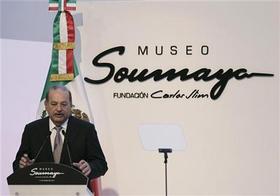
 Other reports, including those by
Other reports, including those by 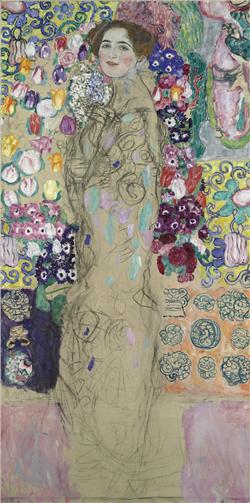 In recent days, both
In recent days, both 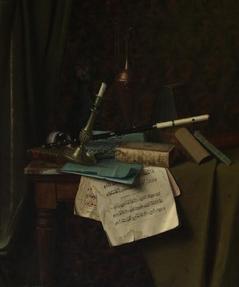
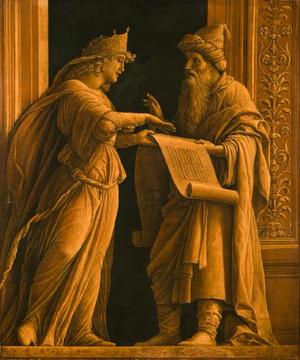
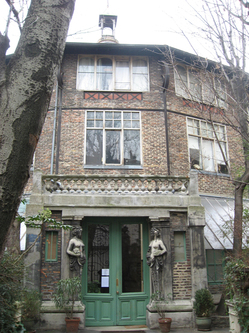
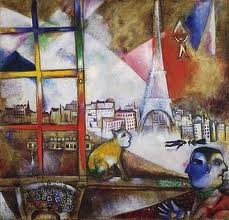 La Ruche had its own exhibition schedule, and Chagall, the museum says in its press release, once said, “In La Ruche, you either came out dead or famous.”
La Ruche had its own exhibition schedule, and Chagall, the museum says in its press release, once said, “In La Ruche, you either came out dead or famous.”